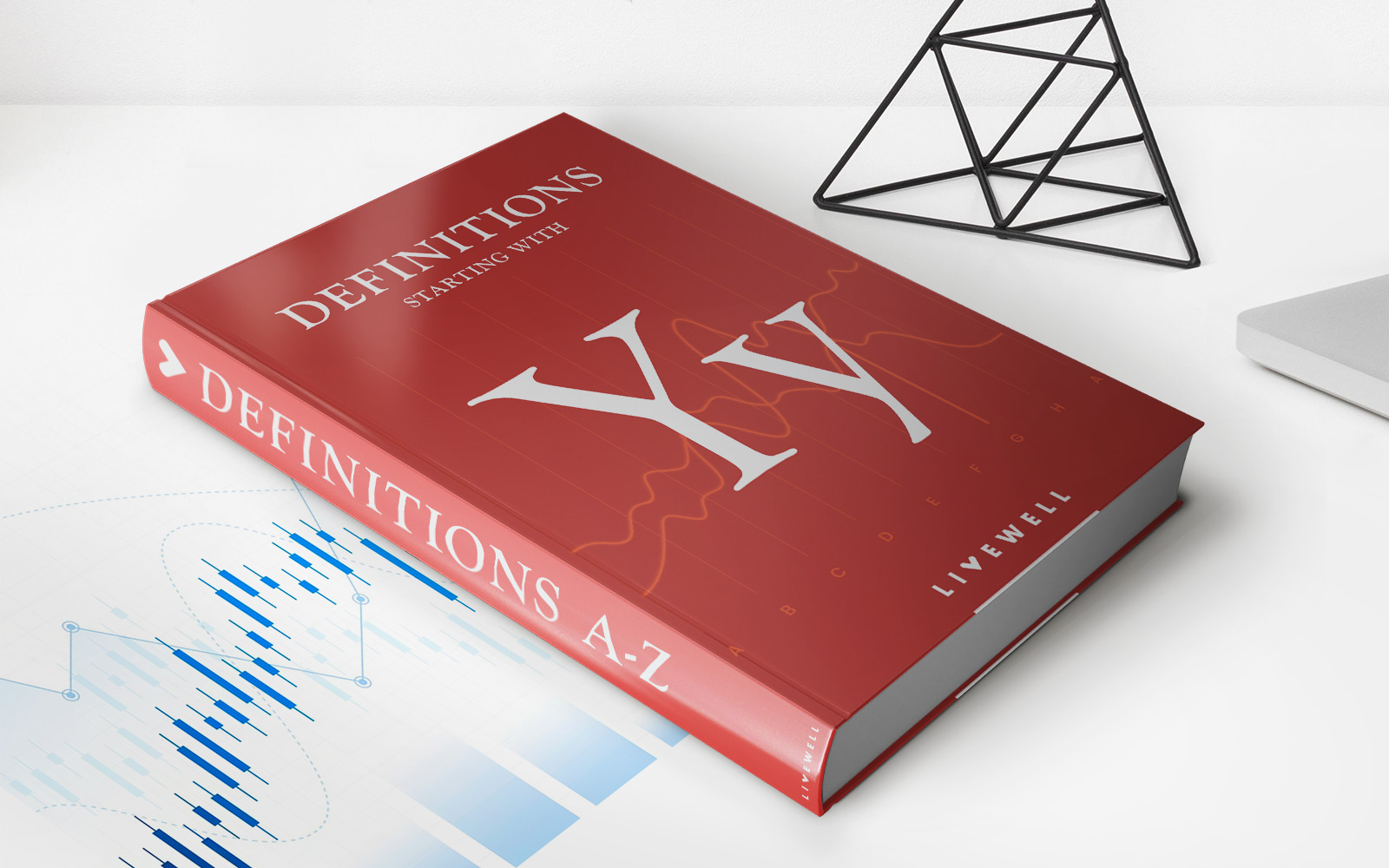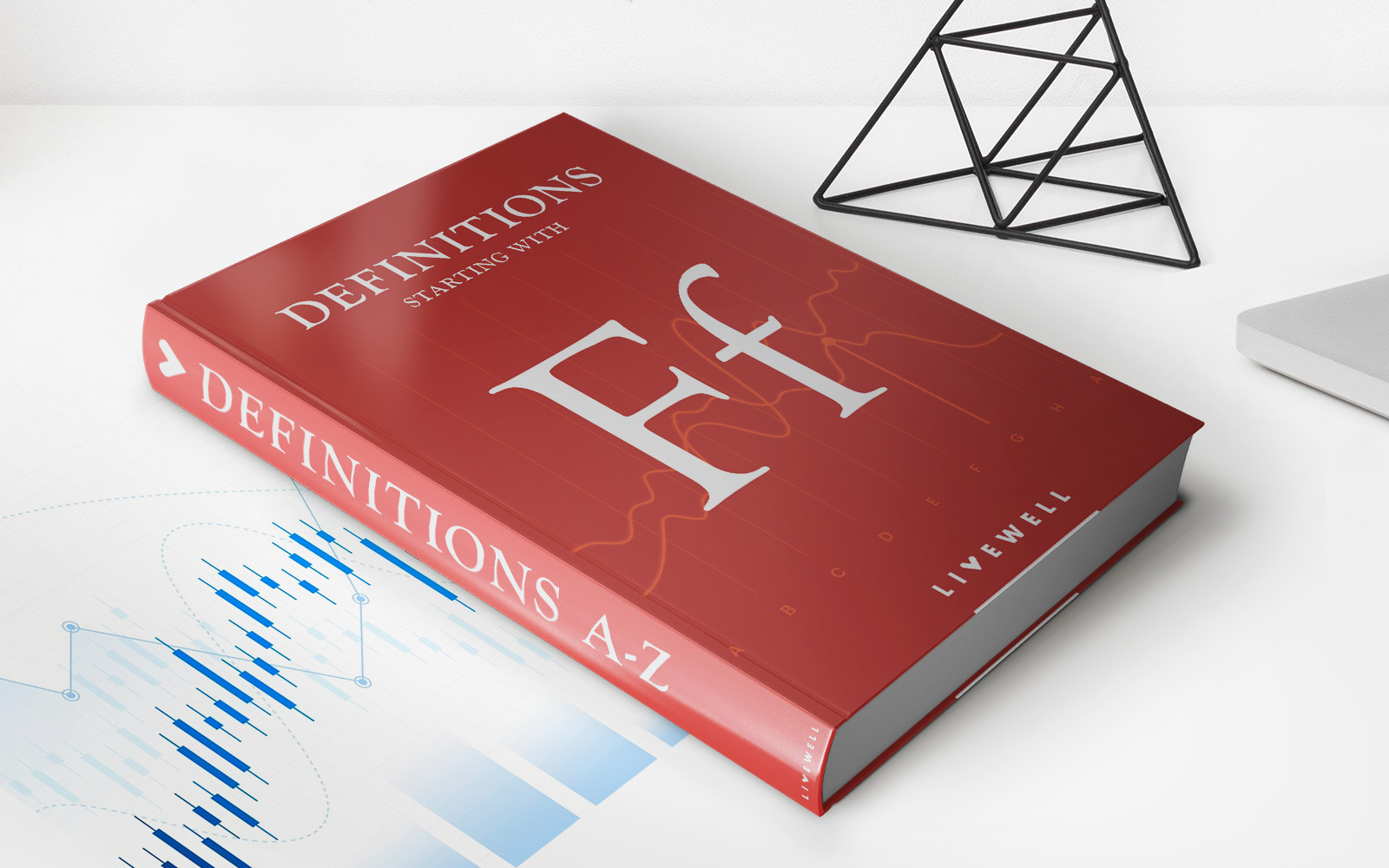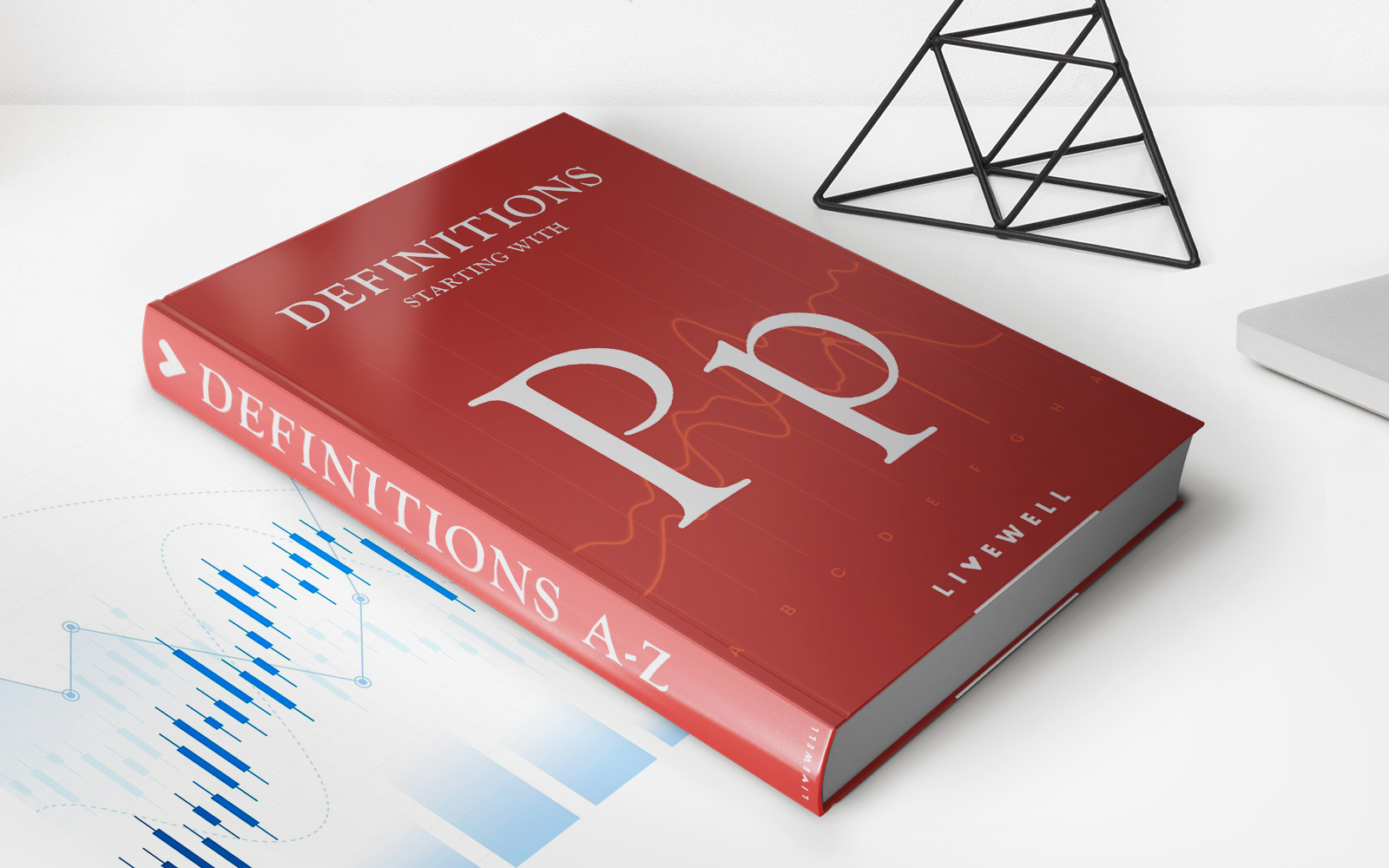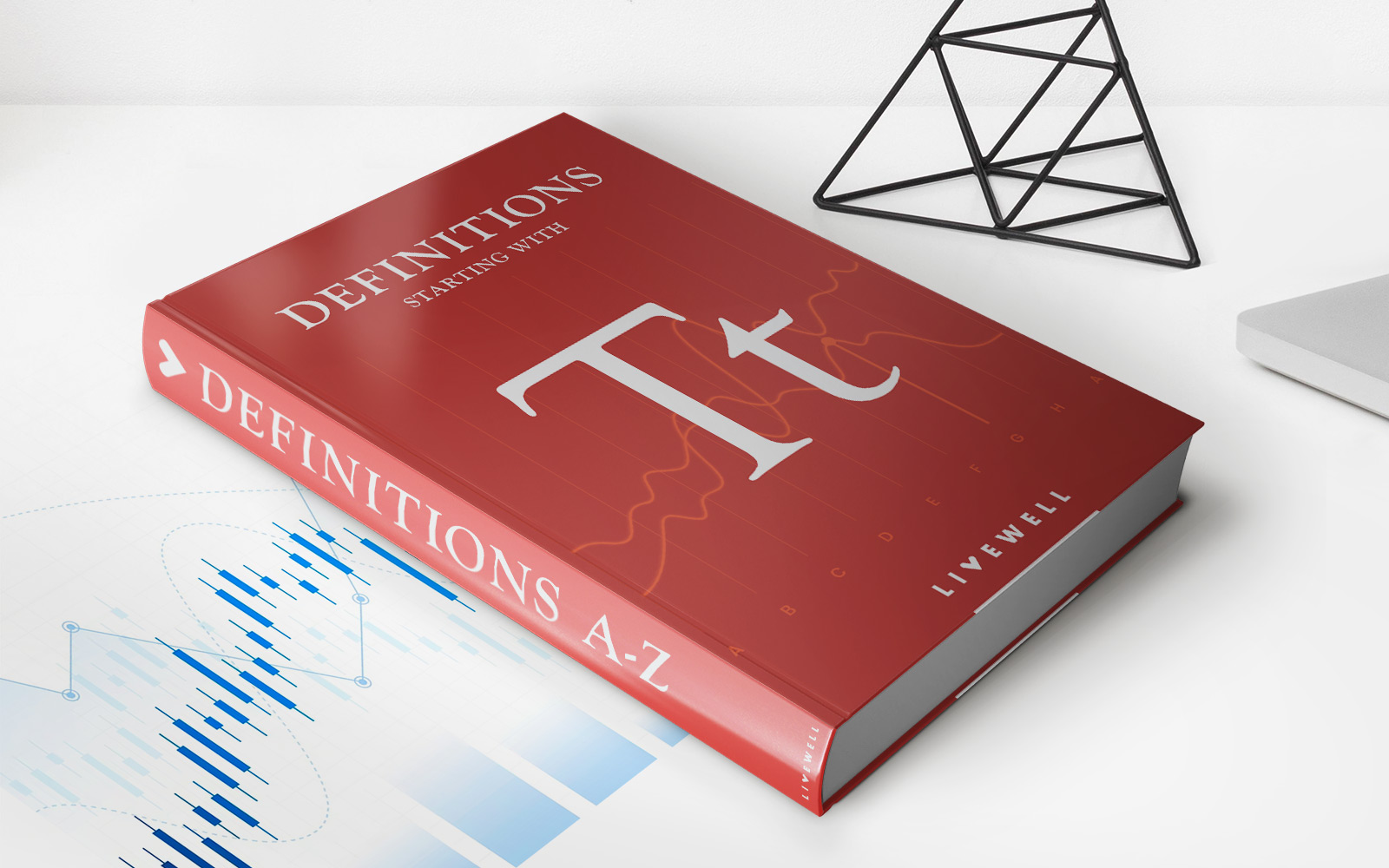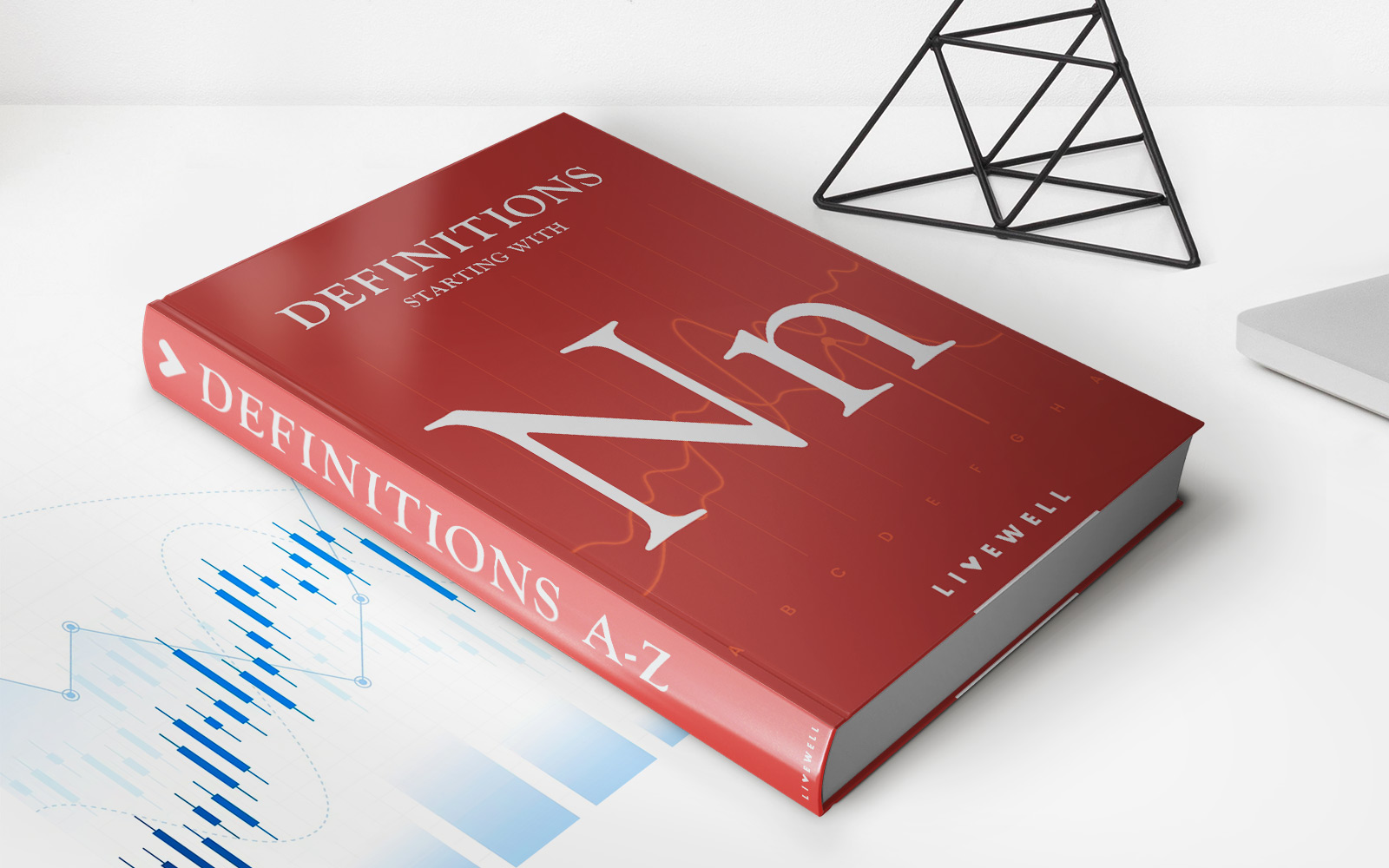

Finance
No-Fee ETF Definition
Published: December 31, 2023
Discover what a no-fee ETF is and how it can benefit your finance strategy. Stay ahead in the world of finance with our comprehensive guide.
(Many of the links in this article redirect to a specific reviewed product. Your purchase of these products through affiliate links helps to generate commission for LiveWell, at no extra cost. Learn more)
No-Fee ETF Definition: How It Can Revolutionize Your Investment Strategy
When it comes to investing in the stock market, exchange-traded funds (ETFs) have become increasingly popular due to their low costs and diversification benefits. However, in recent years, a new trend has emerged that has the potential to revolutionize the way we approach investing – the rise of no-fee ETFs. In this blog post, we will explore what no-fee ETFs are and how they can benefit investors like you.
Key Takeaways:
- No-fee ETFs are a type of exchange-traded fund that do not charge investors any management fees.
- No-fee ETFs can provide cost savings and potentially higher returns than traditional ETFs.
What Are No-Fee ETFs?
No-fee ETFs, as the name suggests, are a type of exchange-traded fund that does not charge investors any management fees. This means that you can invest in these funds without having to worry about those pesky and often hidden costs eating into your returns. No-fee ETFs are designed to provide investors with a low-cost investment option, allowing them to keep more of their hard-earned money.
Typically, ETFs charge a small management fee, often known as an expense ratio, which covers the costs associated with managing the fund. However, no-fee ETFs have challenged this traditional approach by eliminating these fees entirely. This has significantly disrupted the investment landscape, providing investors with an alternative that can potentially offer even lower costs and potentially higher returns.
How Do No-Fee ETFs Work?
No-fee ETFs work by utilizing different strategies to cover their costs without charging investors management fees. One such strategy is securities lending, where the fund lends out some of its holdings in exchange for a fee. Another common strategy is to invest a portion of the fund’s assets in a money market fund, which generates income that helps cover the fund’s expenses.
By employing these methods, no-fee ETF providers are able to offer investors a cost-efficient way to access a diversified portfolio of stocks or bonds. These funds can be particularly appealing to long-term investors who want to maximize their returns over time by minimizing costs.
The Benefits of Investing in No-Fee ETFs
Investing in no-fee ETFs can offer several benefits for investors:
- Cost Savings: By eliminating management fees, no-fee ETFs can save investors a significant amount of money over the long term. This allows investors to keep more of their investment returns instead of handing them over to fund managers.
- Higher Returns Potential: With lower costs, no-fee ETFs have the potential to generate higher returns compared to their fee-charging counterparts. This is particularly important for investors who prioritize maximizing their long-term investment gains.
By taking advantage of these benefits, investors can enhance their investment strategy and potentially improve their overall financial outcomes.
Conclusion
No-fee ETFs have emerged as a game-changer in the investment industry, offering investors a cost-efficient and potentially more profitable way to invest in the stock market. By eliminating management fees, these funds provide a compelling alternative to traditional ETFs, enabling investors to keep more of their hard-earned money. If you are looking to revolutionize your investment strategy while reducing costs and potentially increasing returns, considering adding some no-fee ETFs to your portfolio might be a wise move.



